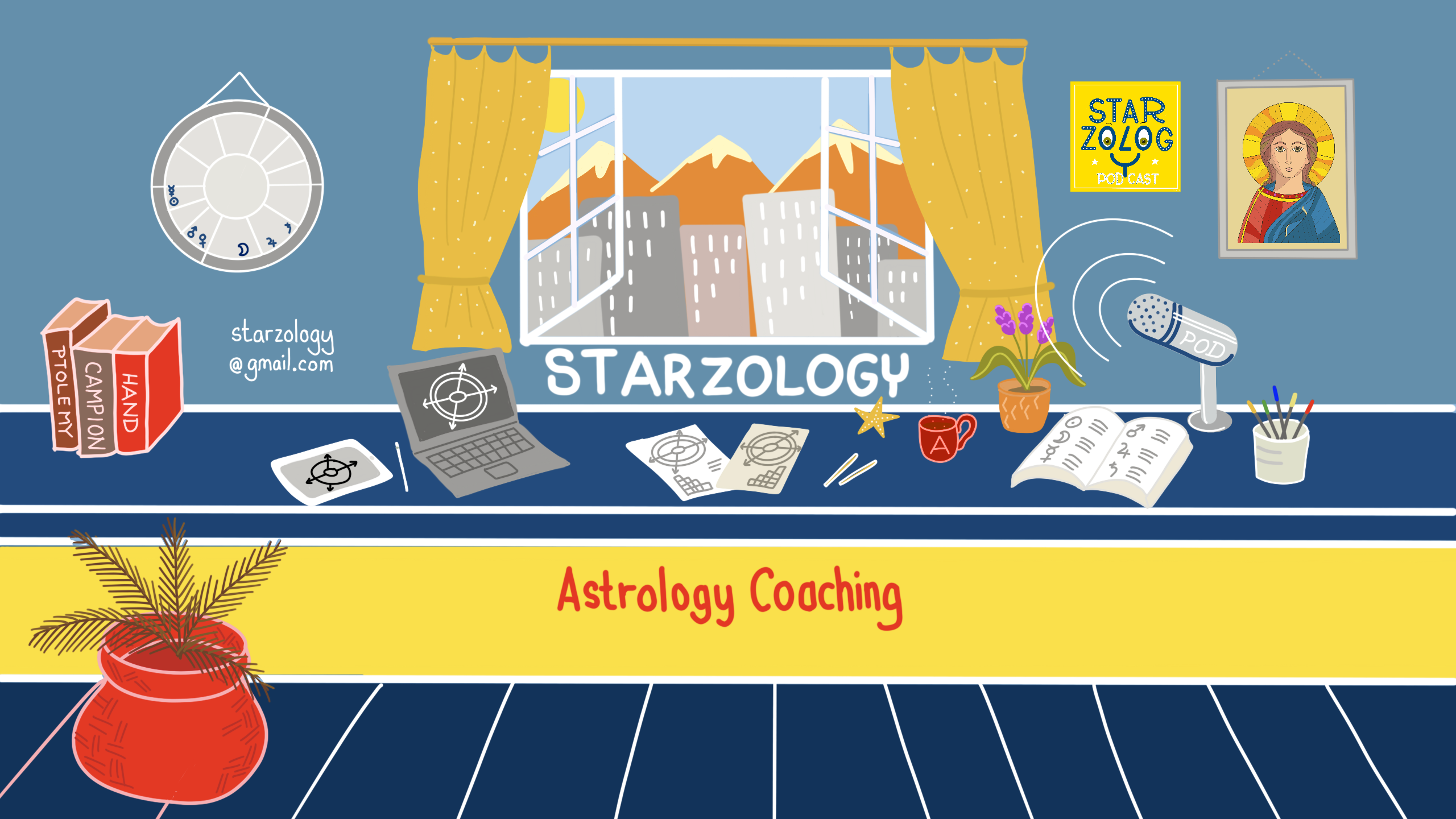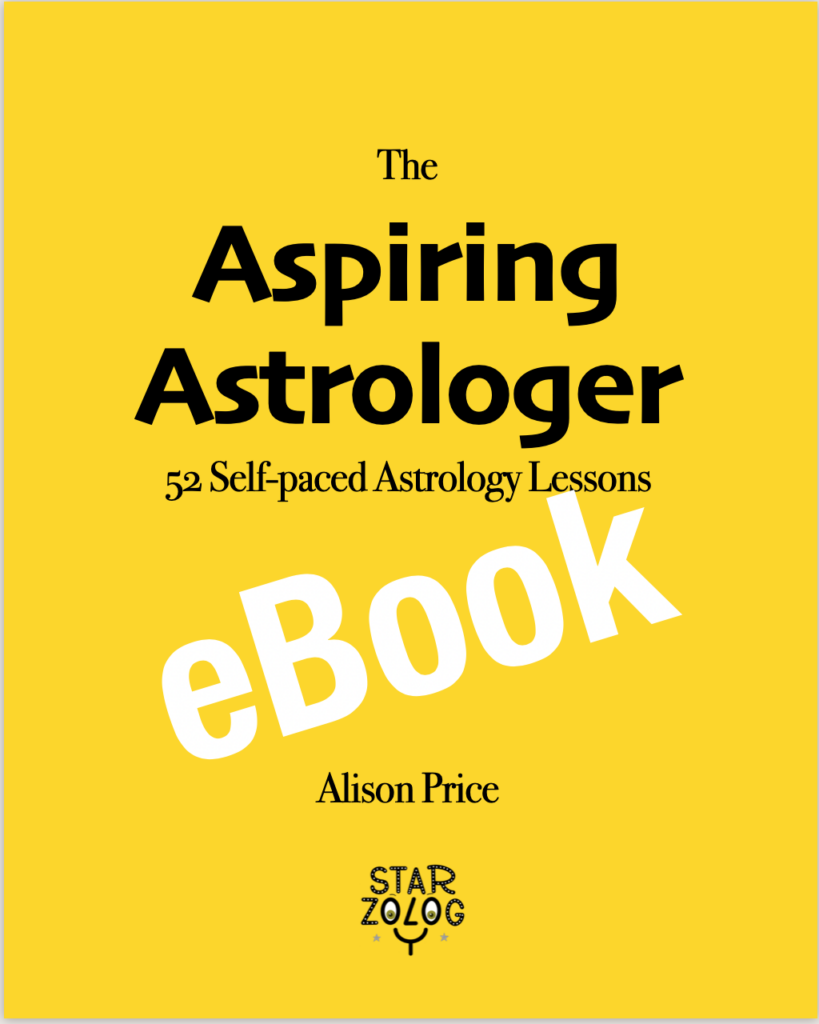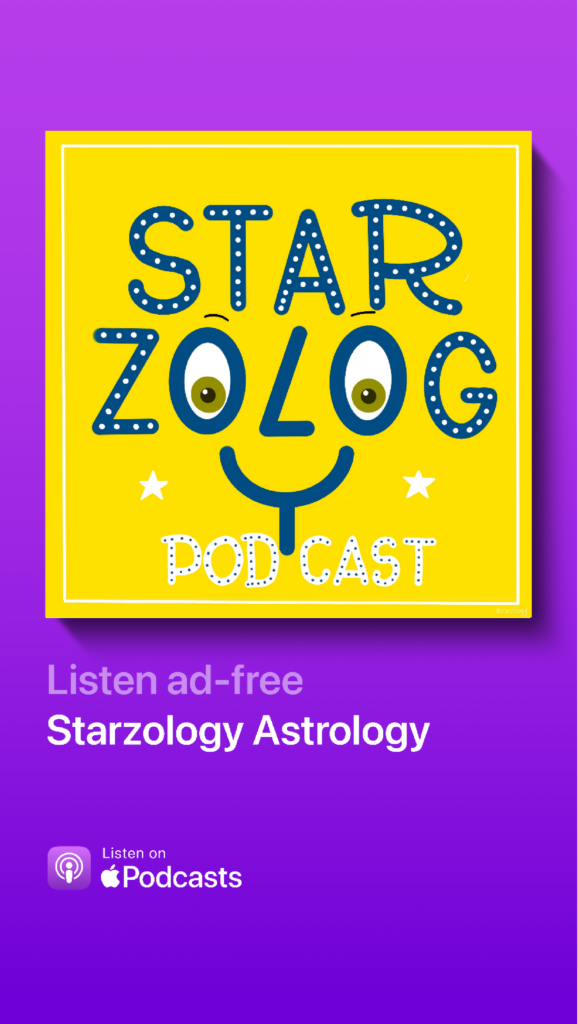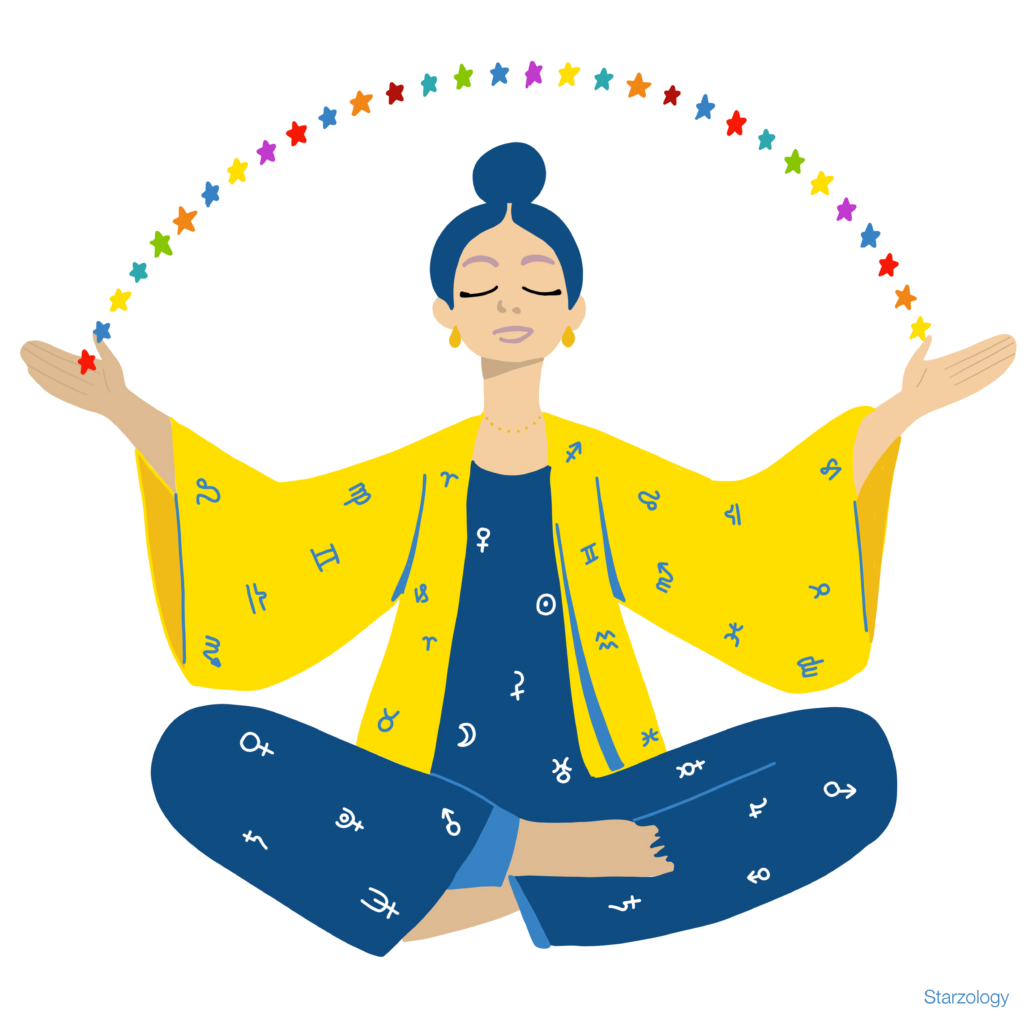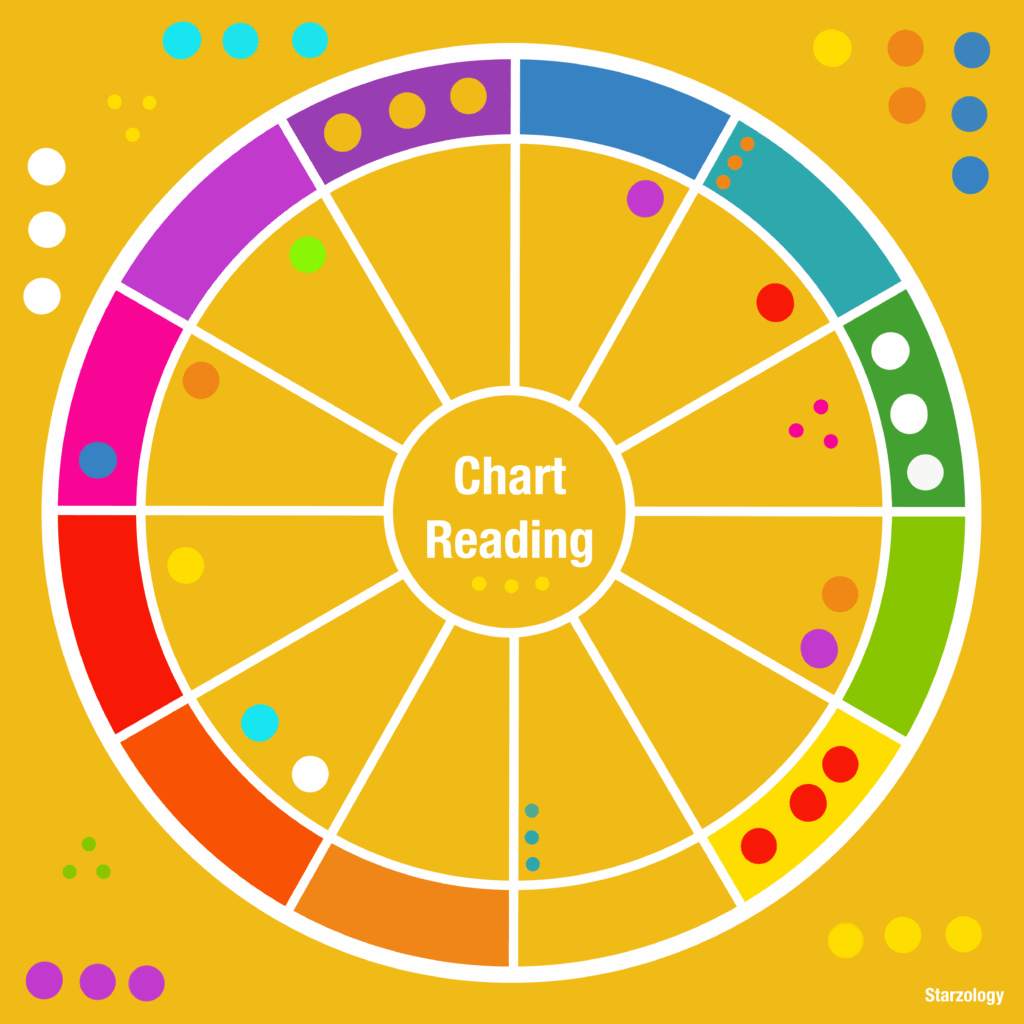Natural Cycles
The Sun’s yearly cycle is like the hour hand of a clock. It sweeps round once every year.
The Moon’s cycle is like the minute hand. It sweeps round every thirty days.
There are other natural cycles, some larger and some smaller as well.
How we fit into these cycles is the fascinating part.
Read more >>> The Great Year
Read more >>> Saturn Returns
Read more >>> Lunar Phases
Tropic of Capricorn Alison’s Story
Phalaborwa
I have cherished memories of residing near the Tropic of Capricorn in South Africa during the vibrant nineties.
Our home was nestled in the town of Phalaborwa, a place that owed its existence to the presence of a copper mine.
Positioned just shy of the Tropic of Capricorn, Phalaborwa sat proudly at 23°55’S latitude, with the actual Tropic of Capricorn located just a short distance away.
Tropic of Capricorn
One particular memory that brings a smile to my face is a photograph capturing myself and my four little darlings standing precisely on the line where the Tropic of Capricorn encircles the Earth.
It holds a special place in my heart, and I invite you to glimpse this cherished image on the blog post linked in the description below.
Two Summers
Phalaborwa, aptly named “Two summers,” was renowned for its scorching heat. The climate seemed to bypass the traditional seasons of Spring, Summer, Autumn, and Winter, and instead embraced an unyielding presence of two relentless summers.
The town’s name encapsulated this unique experience, as it symbolized a place where the distinction between seasons was blurred, and the sensation of endless heat pervaded.

Tropic of Capricorn
Being situated near the Tropic of Capricorn had a profound effect on the town’s relationship with the sun.
Each year, on or around December 21st, which coincides with mid-winter in the northern hemisphere, Phalaborwa experienced the striking phenomenon of the summer solstice in the Southern Hemisphere.
It was during this time that the sun seemingly paused, suspended directly overhead at the solstice, casting its intense rays upon the land.
Local Spirit
This celestial occurrence held both awe and significance. It marked a moment when the Sun reached its highest point in the sky, casting a luminous glow upon the landscape and illuminating the spirit of the town.
The Sun’s powerful presence during the summer solstice served as a reminder of the cyclical nature of time and the intricate dance between celestial bodies and the Earth.
Connection
Living in Phalaborwa, near the Tropic of Capricorn, granted a unique vantage point to witness the grandeur of celestial events. It connected us to the cosmic rhythms that govern our world, allowing us to appreciate the wonder and majesty of the sun’s journey through the seasons.
These memories of the sun’s radiant embrace during the summer solstice remain etched in my mind, a testament to the remarkable beauty and interconnectedness of our planet’s celestial tapestry.
Tropical Living
Only those who reside within the geographic band between the two tropics have the privilege of witnessing the Sun casting its direct rays overhead. Living within this equatorial region, encompassing approximately 23°43′ degrees north and 23°43′ degrees south of the equator, grants a unique experience of the Sun’s radiant presence.
In contrast, for those dwelling above or below this latitude, the Sun’s rays perpetually approach at an oblique angle, never reaching the zenith directly overhead.
Biological Diversity
This fundamental distinction in the angle at which the Sun’s rays reach different latitudes gives rise to notable variations in climate and biodiversity.
Tropical regions, characterized by their proximity to the equator and the presence of the two tropics, tend to be consistently hotter and boast exceptional levels of biological diversity. The direct overhead position of the Sun ensures a more intense and concentrated influx of solar energy, resulting in elevated temperatures year-round.
Abundant Sunlight
The perpetual warmth of tropical regions creates a conducive environment for diverse ecosystems to flourish. Lush rainforests, vibrant coral reefs, and a rich array of plant and animal species find their home within these tropical paradises.
The abundant sunlight and the accompanying warmth provide the necessary conditions for the proliferation of life, fostering a breathtaking tapestry of biodiversity.
Seasonal Shifts
In contrast, regions situated beyond the tropics experience more pronounced seasonal variations due to the oblique angle at which the Sun’s rays reach the Earth’s surface. These regions, commonly referred to as temperate or polar zones, witness fluctuations in temperature and distinct seasons characterized by spring, summer, autumn, and winter.
The reduced intensity of the Sun’s rays at higher latitudes results in cooler climates and different ecological adaptations.
Adaptation
While these temperate and polar regions may not experience the consistent heat of the tropics, they possess their own unique beauty and biological wonders. The seasonal changes bring about stunning transformations in landscapes, showcasing the resilience and adaptability of flora and fauna to thrive in ever-changing conditions.
Sunlight
The positioning of regions between the two tropics grants them the privilege of experiencing the Sun directly overhead, fostering hotter climates and exceptional biodiversity.
However, it is important to recognize that each latitude, whether tropical or temperate, possesses its own distinct charm and ecological marvels, adding to the wondrous tapestry of our planet’s diverse ecosystems.
Listen now >>> Solstice Turning Points
Listen now >>> Saturnalia
Solstices
Solstices are recurring events that take place twice a year.
In the Northern Hemisphere, one solstice occurs around June 21st, known as the summer solstice, while the other takes place on December 21st, referred to as the winter solstice.
These solstices mark the pivotal moments within the solar year, signifying significant shifts in the sun’s position and the duration of daylight.
Tropics
Geography Class
Let’s take a nostalgic trip back to your school days, specifically to your geography class. The Earth’s axis is tilted at an angle of around 23.5° degrees relative to the vertical.
This tilting causes the Earth to face one pole and then the other towards the Sun as it orbits around it. This alternation of the poles occurs throughout the year.
In June, during the summer solstice, the North Pole is oriented towards the Sun, while in December, during the winter solstice, the South Pole faces the Sun.
Consequently, June experiences summer in the northern hemisphere, while December marks summer in the southern hemisphere.
Line of the Tropics
At a point 23.5° degrees above and below the equator, the Sun appears directly overhead on the Earth. If you were to draw an imaginary line around the Earth at these points, they would correspond to the tropics.
The Tropic of Capricorn is situated in the Southern Hemisphere, while the Tropic of Cancer lies in the northern hemisphere.
When the Sun reaches these two tropics and changes its direction, it enters the tropical signs of Cancer and Capricorn.
This shift in direction, or turning, holds symbolic significance, representing the cyclical nature of the Earth’s relationship with the Sun and the changing seasons.
Natural Wheel
Aries First
In the natural wheel, the zodiac signs are arranged in a specific order, with Aries positioned on the left in the Ascendant position. Each subsequent sign follows suit, with Taurus in the second house, Gemini in the third house, Cancer in the fourth house, and so on.
In the natural wheel, the Cancer ingress, which marks the Sun’s entry into the sign of Cancer, is typically depicted at the lowest part of a chart. This convention is used for chart display purposes. This moment represents the first cardinal ingress since the beginning of the Zodiac at zero Aries.
As the Sun transitions into Cancer, it symbolically signifies a connection back to the equator.
At this point, the Sun undergoes a turning or shift, carrying symbolic implications for establishing renewed connections or foundations.
Swinging up and down like a pendulum in the rhythm of the seasons and the solar year.

Sun enters Cancer
June 21st
When the Sun enters the zodiac sign of Cancer, it marks a significant turning point known as the summer solstice in the Northern Hemisphere and the winter solstice in the Southern Hemisphere.
This celestial event holds immense symbolic and practical importance.
The Sun’s entry into Cancer occurs around June 21st.
It signifies the peak of summer or winter, respectively, and serves as a pivotal moment in the solar year.
High or Low Point
At this time, the Sun reaches its highest or lowest point in the sky, resulting in the longest or shortest day of the year, and a corresponding shift in the duration of daylight.
Symbolically, the Sun’s entry into Cancer represents a moment of transition and change. It marks the beginning of a new season and holds profound significance for various cultures and traditions worldwide.
The solstice turning point is often associated with themes of rebirth, renewal, balance, and the interplay between light and darkness.
Solstice Celebrations
In many ancient cultures, solstice celebrations were held to honor this celestial event. People gathered at sacred sites, such as Stonehenge, to witness the alignment of the Sun with specific architectural features or celestial markers.
These celebrations often included rituals, ceremonies, feasts, and communal activities aimed at harnessing the energies of the Sun and embracing the transformative power of the solstice.
Practically, the Sun’s entry into Cancer also has practical implications for agriculture and the natural world.
Growing Season
In the Northern Hemisphere, it represents the peak of the growing season, as the Sun’s energy nourishes plants and promotes abundant growth.
Farmers and gardeners observe this turning point to gauge the optimal timing for planting, harvesting, and tending to their crops.
Lifecycles
On a deeper level, the Sun’s entry into Cancer invites us to reflect on the cycles of life, the nurturing qualities of the feminine, and our emotional well-being.
Cancer is associated with themes of home, family, intuition, and emotional sensitivity.
This period encourages us to connect with our inner selves, nurture our relationships, and find solace and comfort in the embrace of loved ones.
Overall, the Sun’s entry into Cancer represents a profound solstice turning point that holds both symbolic and practical significance.
It marks a transition in the solar year and heralds the arrival of summer, a season that is often regarded as one of the most delightful times of the year.
This time is characterized by the vibrant growth of crops and the joyful frolicking of lambs in the fields, encapsulating the essence of abundance and vitality.
Favourable Season
For farmers and subsistence farmers, the Sun’s entry into Cancer brings a sense of relief and relaxation.
It signifies a shift towards a more stable and favorable agricultural season.
The diligent efforts that they put into planting and nurturing crops begin to bear fruit, with fields transforming into a tapestry of lush greenery and burgeoning harvests.
This bountiful time allows growers to witness the fruits of their labor and take solace in the knowledge that their hard work is paying off.
Summer
The arrival of summer brings a respite from the more demanding tasks associated with earlier stages of agricultural.
It is a period where farmers can take a moment to appreciate the beauty of nature, to witness the flourishing landscapes, and to enjoy the rewards of their toil.
The fields become a source of inspiration and a testament to the cyclical nature of life and the interconnectedness between humans and the land.
Abundance
Moreover, the start of summer encourages a sense of relaxation and rejuvenation in rural communities.
It provides an opportunity for individuals to immerse themselves in the beauty of nature, to embrace outdoor activities, and to connect with the abundance of the season.
It is a time when communities come together to celebrate local traditions, festivals, and gatherings that celebrate the joys of summer.
Celebration
The Sun’s entry into Cancer marks the beginning of a vibrant and abundant season.
It signals a time when farmers and subsistence farmers can momentarily set aside their worries and enjoy the fruits of their labor.
It is a period of respite, joy, and celebration, where the natural world thrives and beckons all to revel in its beauty.
Tropic of Capricorn
Drawing Back
The Sun’s entry into Capricorn in December symbolically represents the Sun’s drawing back towards the equator, implying a significant shift in the seasonal cycle.
This transition signifies a movement towards balance and equilibrium, as the Sun’s position aligns closer to the celestial equator.
It symbolizes a turning point in the year, where the days begin to lengthen in the Northern Hemisphere and the nights become shorter.
New Cycle
Metaphorically, the Sun’s entry into Capricorn can be seen as a metaphorical pulling back or gathering of energy, as it prepares to embark on a new cycle and journey through the zodiac.
It is a time of reflection, consolidation, and setting intentions for the upcoming year.
The symbolism suggests a return to stability, grounding, and the establishment of solid foundations as the Sun’s energy converges towards the equator.
Monoliths to Celebrate the Solstices
Monoliths
Across different cultures and regions, numerous monuments, artifacts, and structures have been created to honor and celebrate the summer solstice.
These include megalithic sites, temples, stone circles, and observatories, each reflecting the deep reverence for the sun and the solstice in ancient societies.
These monuments and artifacts not only highlight the architectural and engineering prowess of their creators but also serve as powerful symbols of cultural and spiritual significance.
They were often used as gathering places for rituals, ceremonies, and festivities during solstices, including the summer solstice.
Such events would bring communities together to honor the sun’s life-giving energy, express gratitude for the abundance of the season, and partake in spiritual practices associated with this special day.
Solstice Alignment
The creation of these structures and the celebrations surrounding the summer solstice demonstrate the enduring human fascination with the cosmos and our deep connection to nature.
They serve as reminders of our ancient ancestors’ profound understanding of celestial cycles and their ability to integrate them into their daily lives, rituals, and belief systems.
These monuments and artifacts continue to captivate and inspire modern-day visitors, allowing us to glimpse into the rich tapestry of ancient cultures and their enduring legacies.
Stonehenge
Wiltshire, England
Places like Stonehenge have been constructed with careful alignment to the summer rising of the Sun on June 21st, the day of the summer solstice. These ancient monuments serve as remarkable testaments to the human fascination with celestial events and their significance in ancient cultures.
Stonehenge, located in England, is perhaps one of the most iconic examples of such a structure. Its alignment with the sunrise during the summer solstice suggests that it was specifically designed to capture the first rays of sunlight on this auspicious day.
The exact intentions and purposes behind Stonehenge’s construction remain a subject of debate and speculation, but it is widely believed that it held immense ceremonial and astronomical significance for the ancient people who built it.
Stonehenge’s Latitude
Stonehenge is situated at a latitude of approximately 51.1789 degrees N. Its precise location places it in the southern part of England, near the city of Salisbury, in the county of Wiltshire.
This latitude ensures that Stonehenge is within the temperate zone of the Northern Hemisphere, allowing it to experience a range of seasonal changes and align with important astronomical events such as the summer solstice.
The positioning of Stonehenge at this specific latitude further emphasizes its connection to celestial phenomena and the careful consideration given to its construction in relation to the Earth’s orientation and the movement of celestial bodies.

“Sun Tunnels” Art in Utah, USA
Sun Tunnels Sculpture
Located in the Great Basin Desert of Northwest Utah, USA, the awe-inspiring “Sun Tunnels” art installation captures attention.
Crafted by renowned American artist Nancy Holt, this masterpiece offers a captivating experience.
Notably, the installation’s placement coincides with the summer solstice, enhancing the artistic encounter with a mesmerizing celestial alignment.
Crafted between 1973 and 1976, these remarkable tunnels consist of four concrete structures measuring nine feet and three inches in diameter, spanning a length of eighteen feet each.
Sun Tunnels Latitude
Situated at Latitude 41N, two tunnels align along the north-south axis, while the other two align east to west, creating a harmonious arrangement.
The precise alignment of the Concrete Tubes with the summer solstice showcases the intentional integration of celestial events and natural phenomena into the realm of art.
It creates a captivating and interactive experience for visitors who can witness the play of light and shadows as the Sun interacts with the installation during this particular time of the year.

Solstice Alignment
At both the summer and winter solstice, the Sun Tunnels’ arrangement becomes a spectacle, with the Sun positioned precisely in the center of the imposing concrete tubes as it sets on the horizon.
The alignment with the solstices also adds a deeper layer of symbolism to the artwork. The summer solstice represents a turning point in the solar year, symbolizing abundance, vitality, and the peak of the Sun’s power.
By aligning with this significant celestial event, the Sun Tunnels may evoke a sense of connection to the cycles of nature, the passage of time, and the profound impact of celestial bodies on our daily lives.
Artistic Vision
Art installations that incorporate celestial alignments, such as Holt’s Sun Tunnels in Utah, invite contemplation and reflection on the interconnectedness of art, nature and the cosmos.
They highlight the artistic vision and creativity of the artists behind the installation while simultaneously fostering a sense of awe and wonder at the natural rhythms and forces that shape our world.
Visiting such installations during the summer solstice can provide a unique and immersive experience, as viewers witness the merging of art and nature, light and shadow, and the harmonious interaction between human creativity and the cosmic dance of celestial bodies.
As Astrologers
Observation
As astrologers, we have the privilege of observing and tracking the solar cycle as it reaches its zenith at the Tropic of Cancer before embarking on its transformative journey back. This cyclical movement holds great significance in our astrological interpretations and allows us to delve into the intricate dance between celestial bodies and human experiences.
Solar Cycle Peaks
The solar cycle’s peak at the Tropic of Cancer marks a pivotal moment in our astrological understanding. It symbolizes the height of the Sun’s influence in the Northern Hemisphere, bringing forth the energy of warmth, illumination, and growth. This is a time when the Sun’s rays shower the Earth with abundance, stirring the seeds of potential and offering opportunities for personal and collective expansion.
Turning Point
As the Sun reaches its highest point at the Tropic of Cancer, it signals a turning point, a shift in its trajectory. This celestial pivot holds deep symbolism, representing a moment of reflection, introspection, and realignment. It is a reminder of the cyclical nature of life and the need for balance and equilibrium.
Ebb and Flow
By closely observing the solar cycle’s journey back from the Tropic of Cancer, we gain valuable insights into the ebb and flow of energies and their impact on human lives. This return journey presents an opportunity for introspection, as the Sun gradually descends, inviting us to explore our inner realms, reassess our goals, and realign our intentions.
Connection
As astrologers, we follow this solar cycle with reverence and curiosity, recognizing the profound connection between celestial movements and the unfolding of human experiences. We engage in the study of planetary alignments, transits, and aspects to discern the subtle nuances of this transformative journey and its influence on individual charts and collective dynamics.
Patterns
Through our astrological practice, we seek to uncover the deeper meanings and patterns woven within the solar cycle. We strive to provide guidance, insights, and support as individuals navigate the turning tides, finding solace and inspiration in the rhythmic dance between the Sun’s radiant energy and our own evolving paths.
Cycle Peaks
In embracing the solar cycle’s peaks at the Tropic of Cancer and its subsequent return, we honor the ever-changing nature of existence and the infinite possibilities for growth and transformation. Our role as astrologers is to illuminate the cosmic tapestry and help others navigate the twists and turns of their personal journeys as they align with the celestial rhythm that guides us all.






